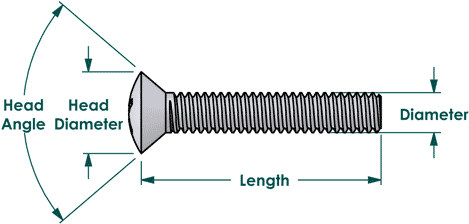Joe Bruce
Well-Known Member
- Joined
- Mar 9, 2019
- Messages
- 161
- Reaction score
- 93
Hackground, the makerspace where my kids have been doing TARC, gave me a 3" by 8' 4" heavy-duty shipping tube that is used for shipping aluminum extrusion. It certainly looked like a rocket waiting to be made! My goals are a TALL rocket that will only fly as an HPR (the tube itself weighs nearly 4 pounds).
I've designed multiple LP and MP rockets, and built my L1 from a kit. Though I'm comfortable with rocket design (using OR), this shipping tube has some interesting challenges. I made my first coupler by cutting an 8" segment, taking a slice out vertically on the table saw, and epoxying the cut ends together. So that seems like it will work. I can cut 1/4" plywood bulkheads and CRs using a CNC machine at Hackground, and I will 3D print the 12" NC in ABS or PETG.
My trouble is basic layout. I'm designing for single- or dual-deployment, so I want to have enough room in the lower section for a 4 foot chute plus the Nomex, shock cord, quick links, etc. I would prefer to be able to access the recovery hardware, but I can only reach maybe 10" into the tube, so a 20" motor tube would limit the booster section to 30". That seems like it would leave 10" for the chute, but 4" will be taken up by the electronics bay (or payload coupler since the ebay will be empty at first).
Would it be stupid to use plastic rivets to have a two-segment booster section? Perhaps a 26" booster plus an 18" drogue/main chute compartment with an 8" coupler? I'm a little concerned about the friction from the 3mm thick shipping tube -- that's a thick coupler. But this whole project is "non-standard" tube sizes...
Any suggestions? Should I just skip my dream of changing the recovery hardware and just have the shock cord permanently tied to the forward CR eye bolt? The rocket will likely fly several times a year. I just got my L1 so I have no idea how long the tubular nylon shock cord will hold up.
Enough rambling. Any help is appreciated...
I've designed multiple LP and MP rockets, and built my L1 from a kit. Though I'm comfortable with rocket design (using OR), this shipping tube has some interesting challenges. I made my first coupler by cutting an 8" segment, taking a slice out vertically on the table saw, and epoxying the cut ends together. So that seems like it will work. I can cut 1/4" plywood bulkheads and CRs using a CNC machine at Hackground, and I will 3D print the 12" NC in ABS or PETG.
My trouble is basic layout. I'm designing for single- or dual-deployment, so I want to have enough room in the lower section for a 4 foot chute plus the Nomex, shock cord, quick links, etc. I would prefer to be able to access the recovery hardware, but I can only reach maybe 10" into the tube, so a 20" motor tube would limit the booster section to 30". That seems like it would leave 10" for the chute, but 4" will be taken up by the electronics bay (or payload coupler since the ebay will be empty at first).
Would it be stupid to use plastic rivets to have a two-segment booster section? Perhaps a 26" booster plus an 18" drogue/main chute compartment with an 8" coupler? I'm a little concerned about the friction from the 3mm thick shipping tube -- that's a thick coupler. But this whole project is "non-standard" tube sizes...
Any suggestions? Should I just skip my dream of changing the recovery hardware and just have the shock cord permanently tied to the forward CR eye bolt? The rocket will likely fly several times a year. I just got my L1 so I have no idea how long the tubular nylon shock cord will hold up.
Enough rambling. Any help is appreciated...



















